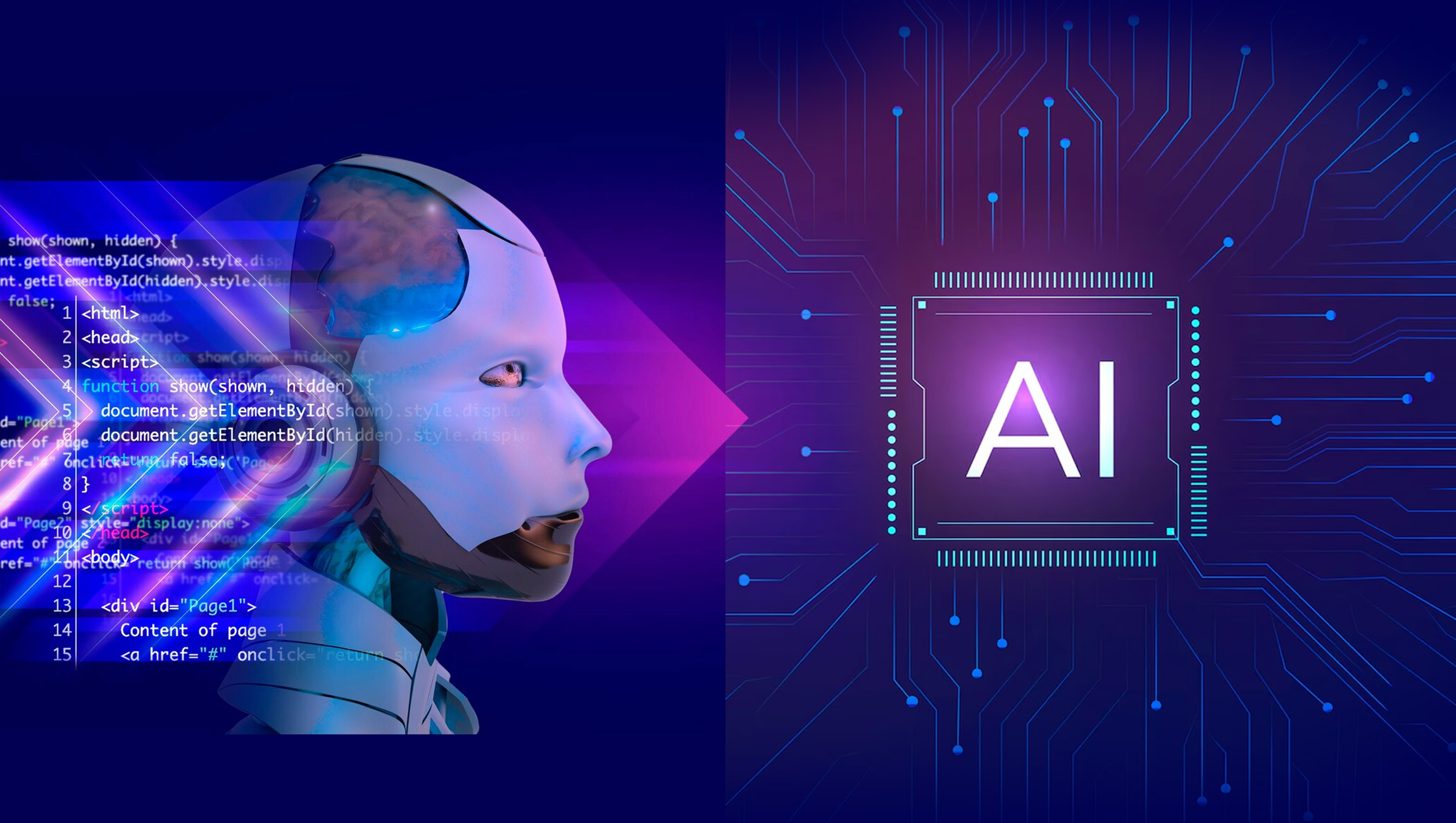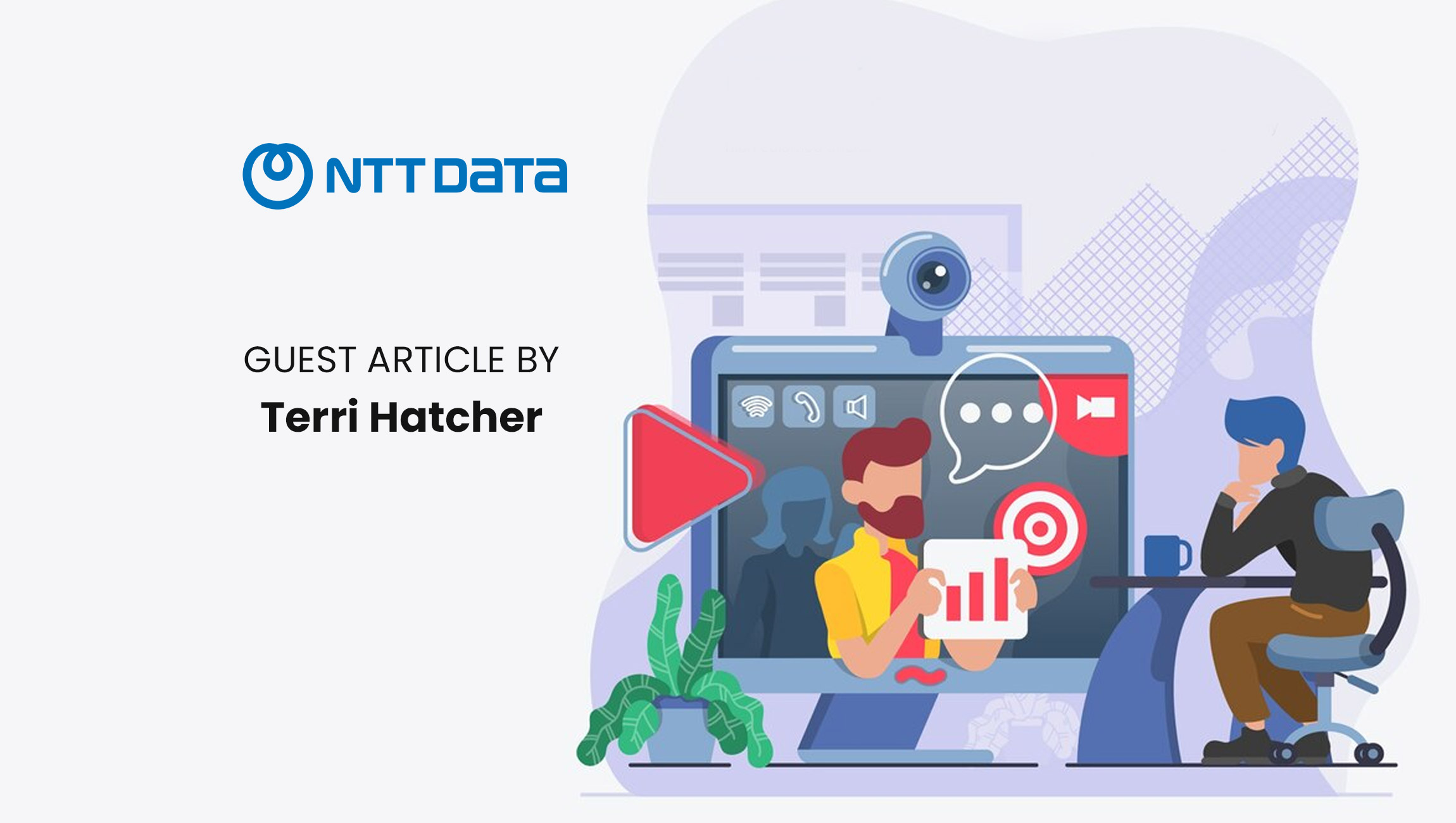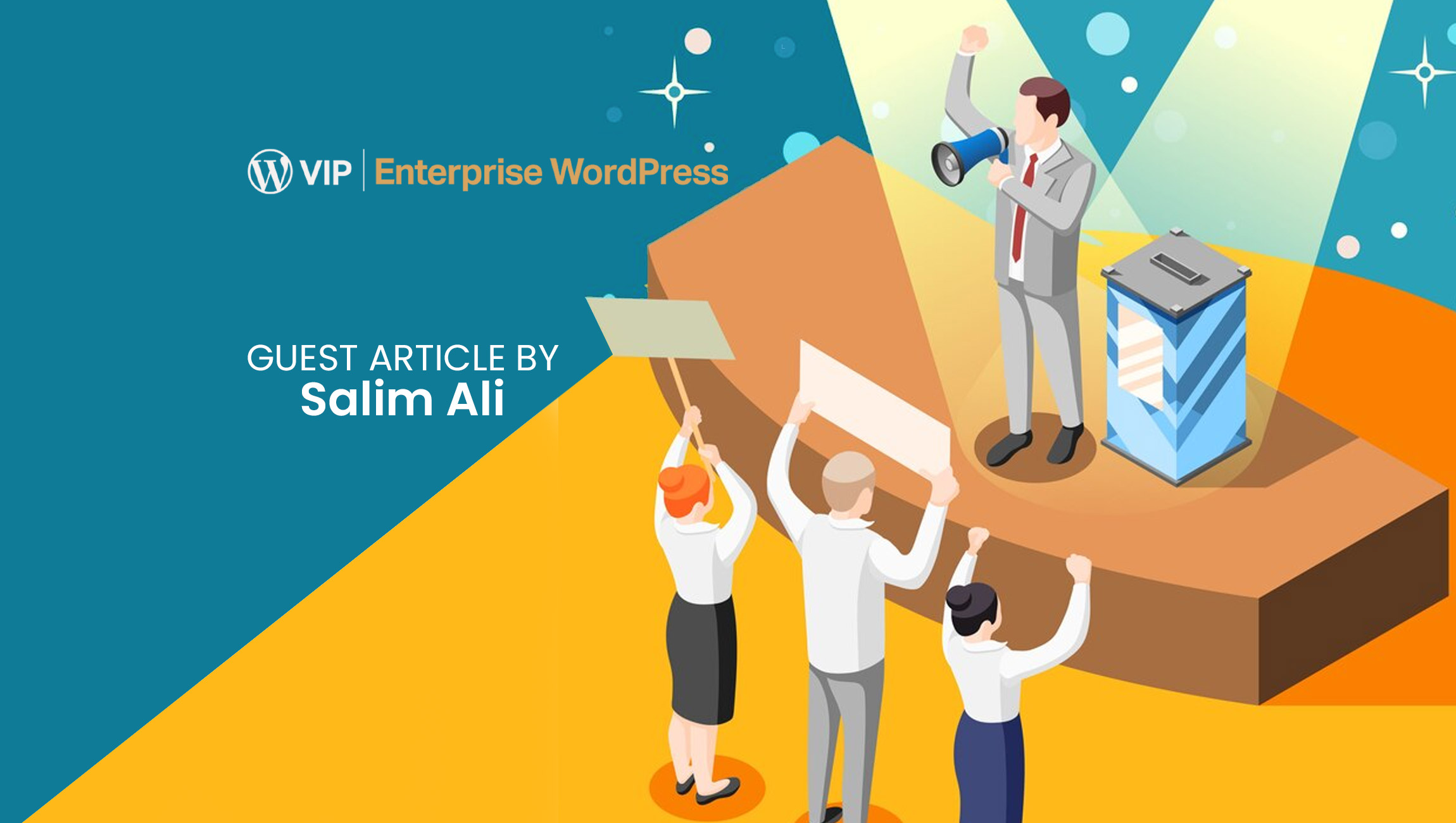“AI” and “machine learning” dominate the digital world as technology develops and transforms various sectors. Although these two words are frequently used synonymously, they are truly separate concepts with various uses and capabilities. Here are the key differences between artificial intelligence (AI) and machine learning and how these technologies can help companies worldwide.
What Is AI and Machine Learning?
Artificial intelligence (AI) describes the development of smart machines capable of carrying out activities that usually require human intellect. AI systems are made to learn from experience, adjust to different circumstances, and make data-driven choices. AI can be used in various sectors, including healthcare, banking, transit, and retail.
A subset of artificial intelligence (AI), machine learning (ML), entails the development of programs that can learn from and make forecasts based on data. For example, pattern recognition and forecast are two machine learning (ML) algorithm functions. Machine learning (ML) applications range from voice and picture identification to fraud detection and recommendation systems.
Machine learning vs AI: Key Distinctions
Though they are frequently used synonymously, the words artificial intelligence (AI) and machine learning (ML) differ. The following are some of the main differences between AI and ML:
- Scope: Any system that can complete duties needing human intelligence falls under the umbrella of AI, which is a broad notion. Systems that can think, learn, and sense their surroundings are included. ML, on the other hand, is a branch of AI that concentrates on data-driven learning. Machine learning (ML) systems are created to spot trends in data and anticipate outcomes based on those patterns.
- Programming: While ML systems are created to learn from data and enhance performance over time, AI systems can be programmed to perform particular jobs. This means that, in contrast to AI systems, ML systems are flexible enough to adjust to new circumstances and make forecasts based on fresh data.
- Objective: The objective of AI is to build computers that are capable of carrying out operations that ordinarily require human intellect, such as problem-solving, judgment-making, and language comprehension. Making programs that can learn from data and forecast the future is the aim of machine learning (ML).
- Applications: A variety of sectors, including healthcare, banking, transportation, and retail, can use AI. Fraud identification, recommendation systems, picture and voice recognition, and natural language processing are just a few of the uses for machine learning.
- Training Data: Machine learning systems need much data to learn from. The quantity and calibre of the data used to teach a machine learning system greatly influence how accurate and efficient it is. On the other hand, AI systems can be designed without the need for a lot of data using rules and reasoning.
- Human Intervention: Compared to machine learning (ML) systems, AI systems require less human input. An AI system can function independently once it has been designed. To teach and manage ML systems, human intervention is required.
Marketing Technology News: MarTech Interview with Erik Huddleston, CEO @ Aprimo
Examples of Machine Learning and AI in Practice
Many sectors, including healthcare, transportation, and banking, are being transformed by AI and machine learning. Here are some examples of machine learning and AI in action:
- Healthcare: AI is being used in healthcare to enhance patient outcomes and lower expenses. Machine learning algorithms, for instance, are used to examine medical pictures and identify illnesses like cancer. Chatbots with AI are also being used to increase patient involvement and offer round-the-clock assistance.
- Transportation: An excellent illustration of AI in motion is autonomous vehicles. Self-driving vehicles use machine learning algorithms to identify and react to various driving scenarios, such as shifting traffic patterns and road conditions. In addition, machine learning techniques are also utilized to enhance transportation flow and reduce traffic congestion.
- Finance: To find patterns and forecast future market movements, finance uses AI. Machine learning algorithms, for instance, can be used to forecast stock values and evaluate financial data. Chatbots with AI are also being used to give clients individualized financial guidance.
- Retail: Retail uses AI and machine learning to enhance consumer experiences and boost revenue. Machine learning algorithms, for instance, can be used to examine client data and provide tailored product suggestions. Chatbots with AI are also being used to assist customers and respond to inquiries.
- Industry: To increase productivity and lower expenses, the industry is using AI and machine learning. Machine learning algorithms, for instance, can be used to evaluate output data and pinpoint areas for improvement. Autonomous robots are also used in production to perform operations like assembly and testing.
- Agribusiness: To increase food yields and decrease waste, agribusiness uses AI and machine learning. Machine learning techniques, for instance, can be used to evaluate weather and soil data to forecast crop development. Drones operating independently are also used to watch crops and spot problem regions.
AI and Machine Learning Benefits for Global Audiences
The following are just a few advantages that AI and ML can offer to global audiences:
- Greater Efficiency: AI and ML can automate repetitive duties, allowing staff to concentrate on more important responsibilities.
- Greater precision: ML systems can evaluate vast quantities of data and make predictions with a high degree of precision, lowering errors and enhancing decision-making.
- Improved Customer Experience: AI systems have the potential to offer clients customized experiences, boosting interest and happiness.
- Increased Security: AI systems can be employed to identify and stop scams, shielding businesses and consumers from monetary losses.
- New Business possibilities: AI and ML can help find new markets or product lines and shed light on other new business possibilities.
Marketing Technology News: Virtual Influencers: Should brands hop on the futuristic band wagon?
Conclusion
AI and machine learning are potent technologies that can help various sectors and international audiences. Organizations can select and use the right technology efficiently by knowing the distinctions between AI and ML. Organizations must keep informed about the most recent developments and patterns as technology develops to compete in the worldwide market.











